Not sure which chicken is the right chicken? Let us help with our guide to understanding poultry labels.
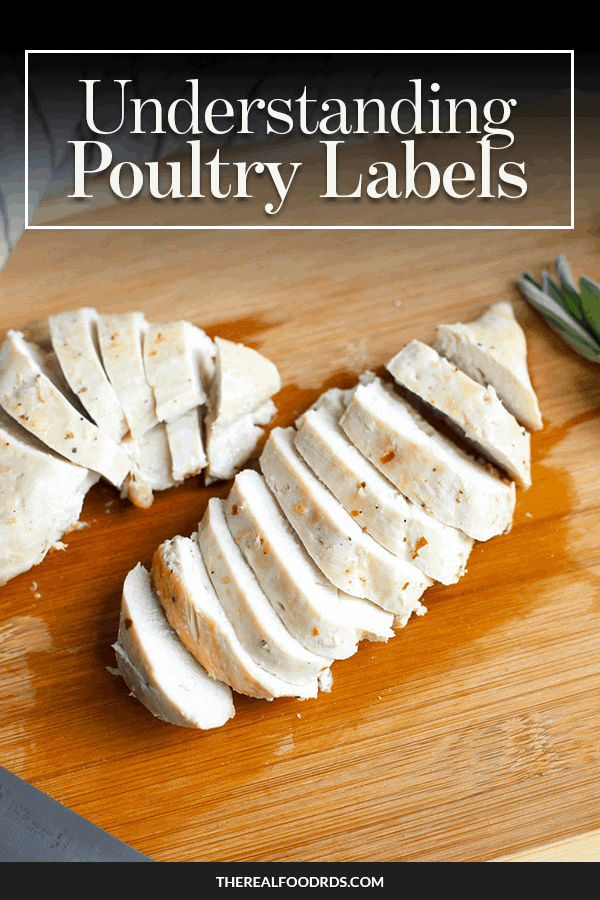
Chicken is chicken is chicken, right?
Wrong. And turkeys aren’t all created equal either, which is why today as part of our Real Food 101 Series, we’re here to make life easier when it comes to understanding poultry labels. Knowing what matters (and what’s just fluff) when it comes to the label will help you make the best decision for you and your family when it comes time to shop.
Because we’ve got a lot to cover in a short amount of cyberspace, we’re going to focus just on chicken and turkey, and save eggs for an upcoming post because oh my, there’s a lot of information to sift through when it comes to eggs.
Cracking the code on poultry labels.
- “Antibiotic-Free”
- “Natural”
- “Hormone-Free”
- “Organic”
- “Naturally Raised”
- “Vegetarian Fed”
- “Pasture-Raised”
If you’ve ever picked up a package of chicken or turkey in the store and read the label only to be left unsure or confused as to which one is best, you’re not alone. We too have scratched our heads and hoped for the best when navigating the label lingo, but it doesn’t have to be that way. Let’s take a deep dive into the terms you’re most likely to encounter to help you be more informed when it comes time to choose quality poultry.
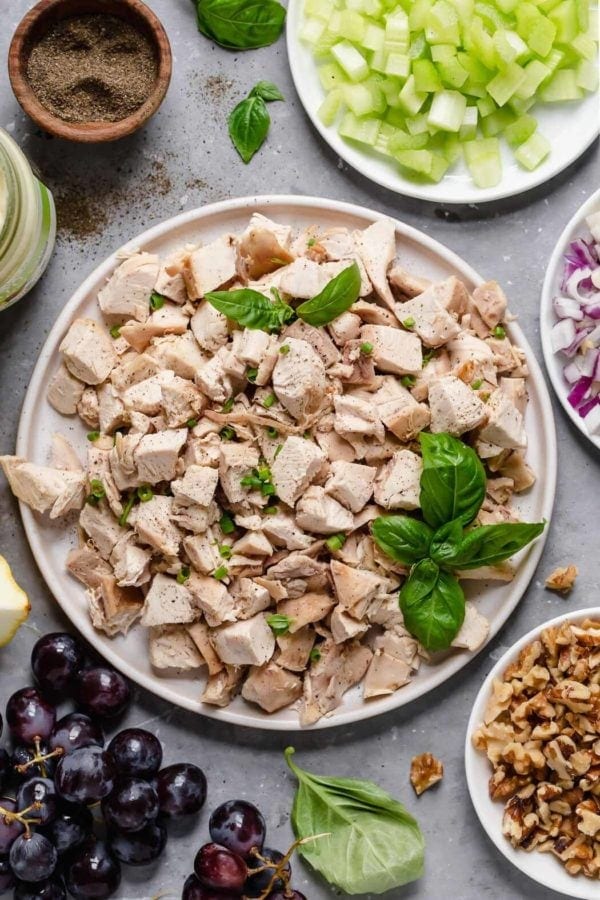
Who’s in charge when it comes to labels?
The United States Department of Agriculture’s (USDA) Food Safety and Inspection Services (FSIS) creates rules about what labels can legally appear on poultry and what they mean while the USDA’s Agricultural Marketing Service (AMS) oversees how labeling is used. However, outside of the FSIS’s glossary of terms that can be legally used on labels, you’ll often find all sorts of unregulated terms or buzzwords slapped onto packages by food producers that aren’t regulated, which can make choosing the healthiest chicken difficult. The trick to navigating the poultry aisle is knowing what each term means.
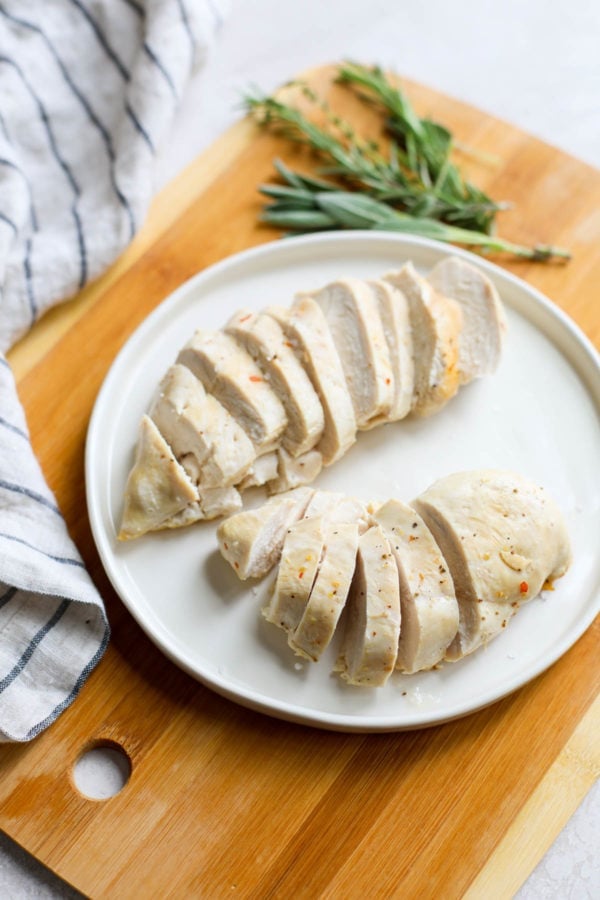
These are the most common terms and what each one really means:
Natural Perhaps the slipperiest of slopes when it comes to food labels, the term “natural” when used on poultry signifies that the product is free of artificial colors or ingredients and is minimally processed. The term ‘natural’ must also be accompanied by a statement that explains how it applies to that particular product (for example, “No artificial flavors” or “Minimally processed.”
“Natural,” however, says nothing about the quality of the poultry – what the animals were fed, how it was raised etc., so unless you’re buying purple and green dinosaur-shaped chicken nuggets (don’t laugh, these were a thing at one time) and are unsure whether or not they contain real chicken, the term “natural” really doesn’t mean anything when it’s on a package of poultry.
Hormone-Free or No Hormones Here’s another useless claim since hormones are not allowed to be used in raising poultry. However, you’ll still see it on labels accompanied by the statement, “Federal regulations prohibit the use of hormones” so buyer beware – this is a “greenwashing” term and means nothing.
Antibiotic-Free or No Antibiotics This term can only be legally used when the producer is able to produce significant documentation to the FSIS that the chicken or turkey was in fact produced without the administration of antibiotics (whether used to treat illness or used prophylactically in feed or water to prevent disease).
Chemical-Free This term is not legally allowed on poultry labels.
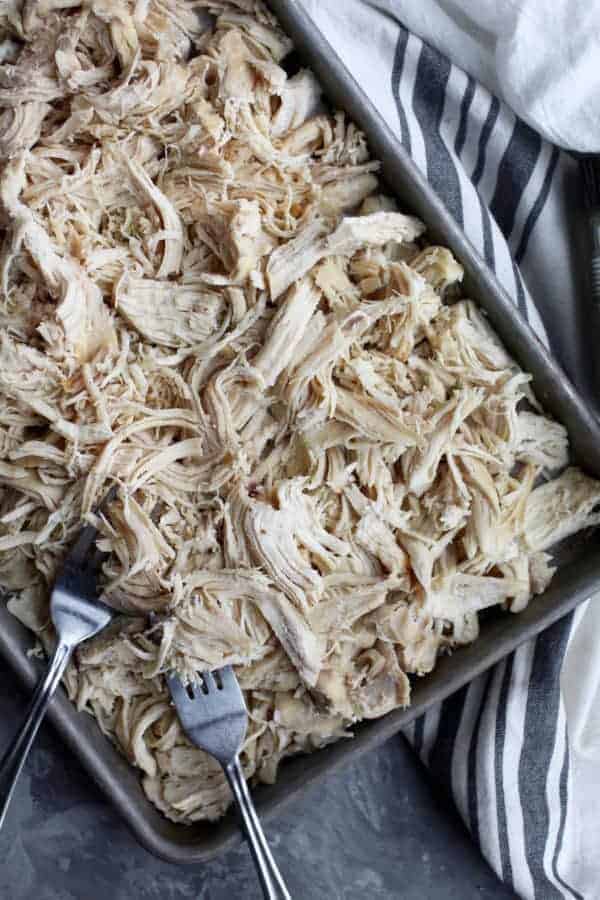
Naturally Raised Until lab-created and raised poultry becomes a thing, this term means nothing. It says nothing about how the chicken was raised – what it ate, if it had access to the outdoors, room to roam, humanely-treated etc.
Vegetarian Fed
While not a *bad* thing to see on a poultry label, it’s also not super helpful. While “vegetarian fed” does mean that the animals were not fed any animal by-products (which is illegal), it may also mean that they weren’t given access to the outdoors where they could enjoy a natural part of their diet – bugs, grubs, and worms.
In the case of free-range (or “pasture-raised”) chickens, they may be consuming bugs and grubs in addition to the vegetarian feed, but the only way to know is to ask the farmer or do your research online.
Free Range
Free range is another common term you’ll see on packages of poultry. Synonyms for “free range” include free-roaming or cage-free.
It’s important to note that the United States Department of Agriculture (USDA) only allows the term “free-range” to be used for chicken and not for eggs or other animals (such as cattle, pigs, or sheep). For chickens to be considered “free-range,” they must have access to the outdoors each day for an undetermined amount of time. While this would imply that the birds are freely roaming in nature, soaking up the sun and eating their natural diet of grasses and bugs, there are currently no regulatory agencies overseeing this to be sure that’s actually what’s happening. That means they could spend most of their lives outdoors, retreating to their coop only when weather conditions warrant doing so, or they could spend their entire lives in cramped, overcrowded indoor conditions with a small door that opens to the outside for only a few minutes each day. The regulation only states that they “must have daily access to the outdoors” so the only way to know how your chicken spent its days is to ask and do your research.
Humanely Raised
This term is not regulated by the USDA, but is instead overseen by a nonprofit organization called Humane Farm Animal Care who ensure that the birds receive certain basic standards of care and are allowed (and encouraged) to participate in normal poultry behaviors such as roaming, scratching, pecking, perching, and foraging for food in their bedding.
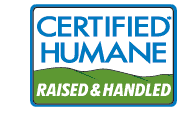
Pasture-Raised
This is also an unregulated term but the Humane Farm Animal Care group has established a standard that states to be “pasture-raised,” birds must be raised outdoors year-round with access to shelter to protect them from weather and predators.
Certified Organic
This term is regulated by the USDA and ensures that all feed (that the animals are fed) must be certified organic and free of animal by-products, synthetic fertilizers or pesticides or other additives such as hormones or antibiotics. USDA organic standards also require that poultry must meet “free-range” criteria as well.
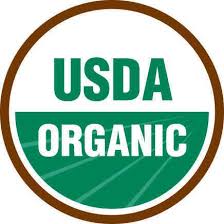
Questions to ask your farmer
Whether you’re buying locally or shopping at your local supermarket, these questions can help you find the answers to your questions. Don’t be afraid to reach out via email, online contact forms or call companies if you don’t see the answers to your questions on the FAQ (frequently asked questions) page of their website.
- Can you tell me about how the birds are raised, what they are fed, is the feed certified organic (or at least, organically grown in the case of small local producers who may not be able to afford organic certification)?
- Can the birds freely access the outdoors whenever they please? If so, how much space do they have to roam? Acres? Square feet? Can they truly roam or are they confined to covered porches?
- Can you tell me about the health of the flock and whether antibiotics are used regularly or only when it’s a matter of saving or improving the life of a bird?
- Are you birds raised outdoors year round in their natural habitat and allowed to forage for bugs etc.? Do they have ready access to shelter when needed?
Finally, if you’re buying locally don’t be afraid to ask to visit the farm. A farmer with happy, well cared for, healthy animals with good living conditions will be glad to show you around.

Progression > Perfection
Like all things when it comes to nutrition and health, it’s better to be consistently good (and making progress) than inconsistently perfect (because who can be perfect 100% all of the time?!) and choosing poultry or red meat.
That being said, it’s important to take into consideration your budget and access to quality poultry. If you opt for the best quality you can source and/or afford, as often as possible, you’ll be well on your way toward making progress in terms of your health and the health and welfare of the animals, farm workers, and the environment. Remember, your food dollars act as “votes” and because demand drives supply. When you vote for healthier, more humanely raised meat, you’re helping move the needle toward a healthier and more robust food economy.
Looking for a convenient source of high-quality chicken, beef and pork? Check out Butcher Box.
What if you can’t source or afford organic or pasture-raised poultry? Our suggestion is to always choose the leanest cuts you can. Antibiotic, hormone, and pesticide residues are all stored in the fat of the animal so by choosing leaner cuts (and not consuming the skin or rendered fat), you’ll be reducing your exposure to the chemicals.
Want to know more about choosing healthier red meat as well? Check out our How to Choose Quality Red Meat post here.
This post may contain affiliate links which won’t change your price but will share some commission.


What type of Poultry do you and your team buy from your local grocery store?
As a team we source most of our chicken from Butcher Box as free-range organic chicken. Locally, we try to purchase organic chicken as it’s available.